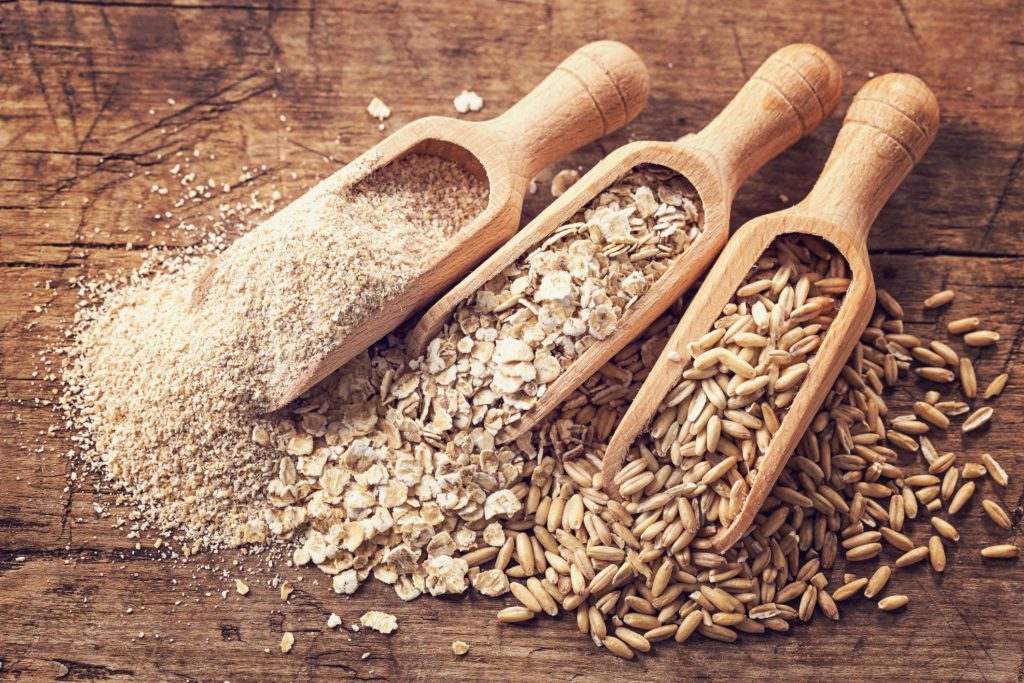The process of drying grains and oilseeds is one of the most critical stages of agricultural processing as it prevents the caking, spoilage, degradation and agglomeration of the material. To complement the drying of the oilseeds, conditioning also occurs in the preparation stage.
This is an energy intensive operation with steam consumption being the largest cost. Use of the right technology, as well as the utilization of waste heat, can result in major savings in overall steam consumption. The process has to be completed correctly in order to avoid excessive drying, as this will result in weight loss and too much moisture that can lead to various quality issues and degradation. Here are some of the most popular applications of agricultural preparation technologies.

Natural Drying and Conditioning
Natural-air drying is a process that requires a fan, a bin, and an air distribution system. The drying process can be primarily affected by typical outside factors such as humidity, temperature, grain texture, sensitivity to heat, moisture content, and toughness of the grains.
Natural drying is of course not always an option, so less conventional methods have been developed over time. These other methods typically include drying at high volumes by blowing hot air through the beds of grains and seeds. This method can cause issues as the heat removes the moisture at a rapid rate and is more difficult to control. Natural drying uses large volumes of air that requires heat transfer. The air also picks up moisture from the grains and oilseeds, causing the air temperature to drop. The air then reaches saturation, resulting in — unfortunately — a large volume of wasted energy.
Heat Exchange Technology
There are techniques that work to eliminate the waste of both air and energy such as those employed by Solex Thermal Science — which use a combination of heat plate exchange technology to provide a heat source and sweep air to remove the moisture.
This technique reduces air-flow requirements, resulting in greater efficiency and more overall process control. This particular process uses heated bulk solids through conduction and increases the moisture-carrying capacity of the cross-flow air for precise temperature and moisture control. Waste heat is then used to power the process, resulting in lower cost and consumption.
Benefits of Efficient Technologies
Using a technology that aids in both drying and conditioning together increases overall efficiency in a considerable way. This technology aids in the moisture content by independently controlling the temperature of the final product. Because the temperature of the cross-flow air is controlled, the air is capable of carrying larger quantities of moisture. Because of this, a minimal amount of cross-flow air is needed to remove the moisture, improving efficiency by at least 90%. Other benefits include recovered waste heat, reduced maintenance and operational footprints.
The agricultural industry continues to look to innovators to find the next development that can help minimize inefficiencies and realize greater yields, and with it, greater margins. While these developments will often come with a price tag, it’s not a value amount that can be looked at in isolation, as efficiency realizes cost savings from the first moment.